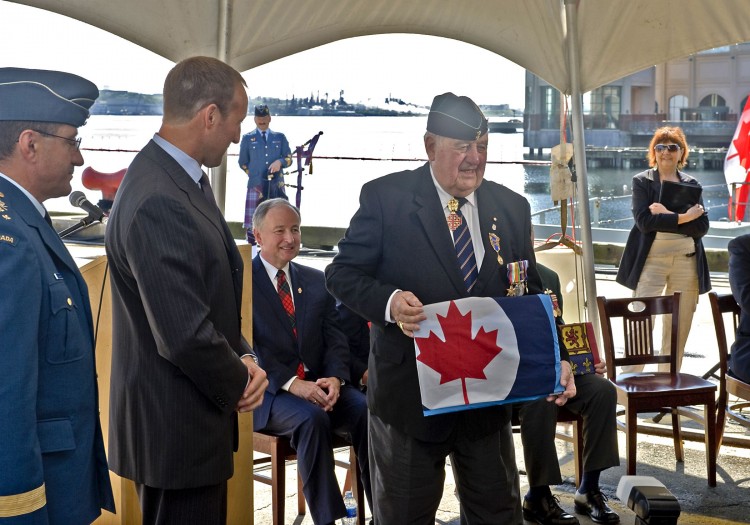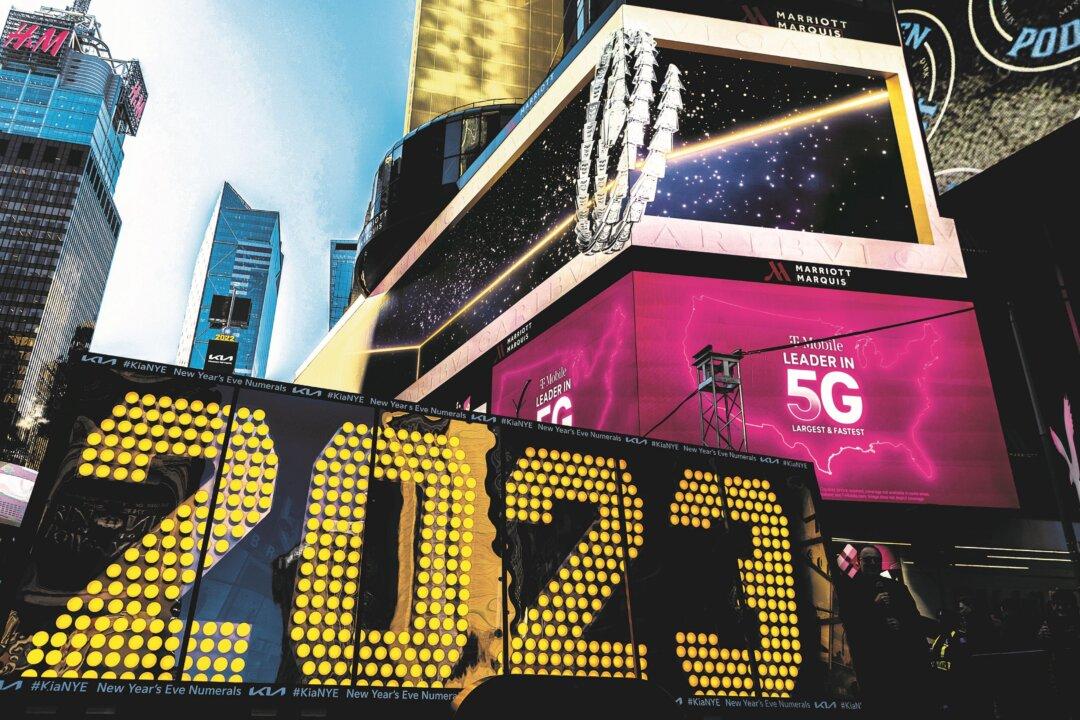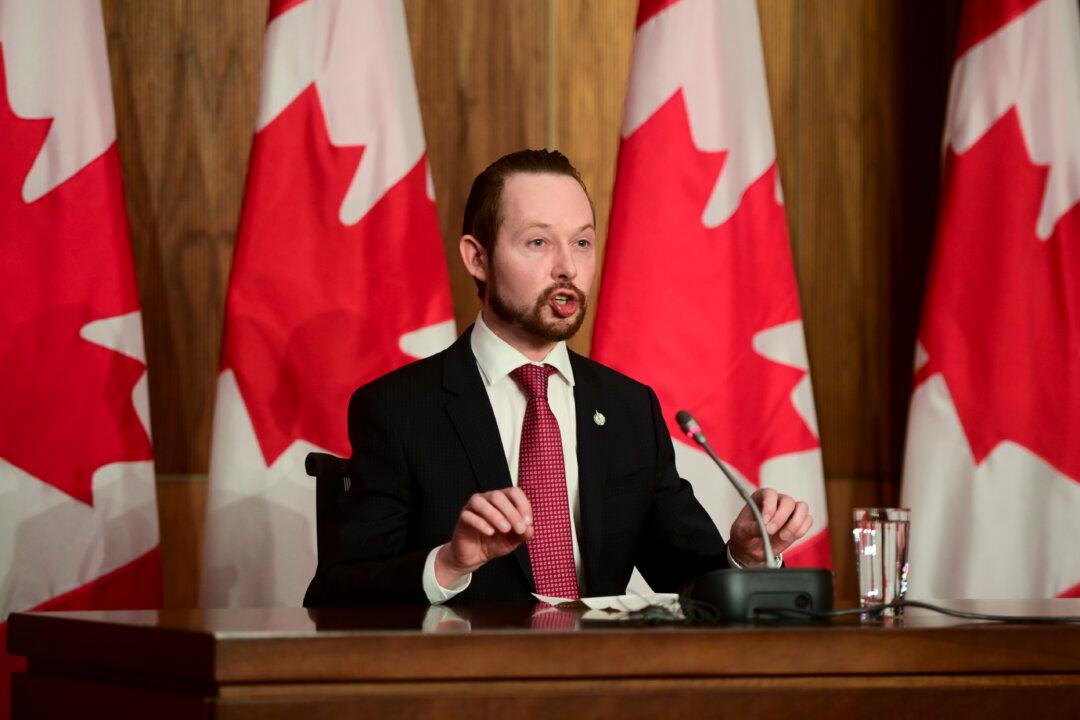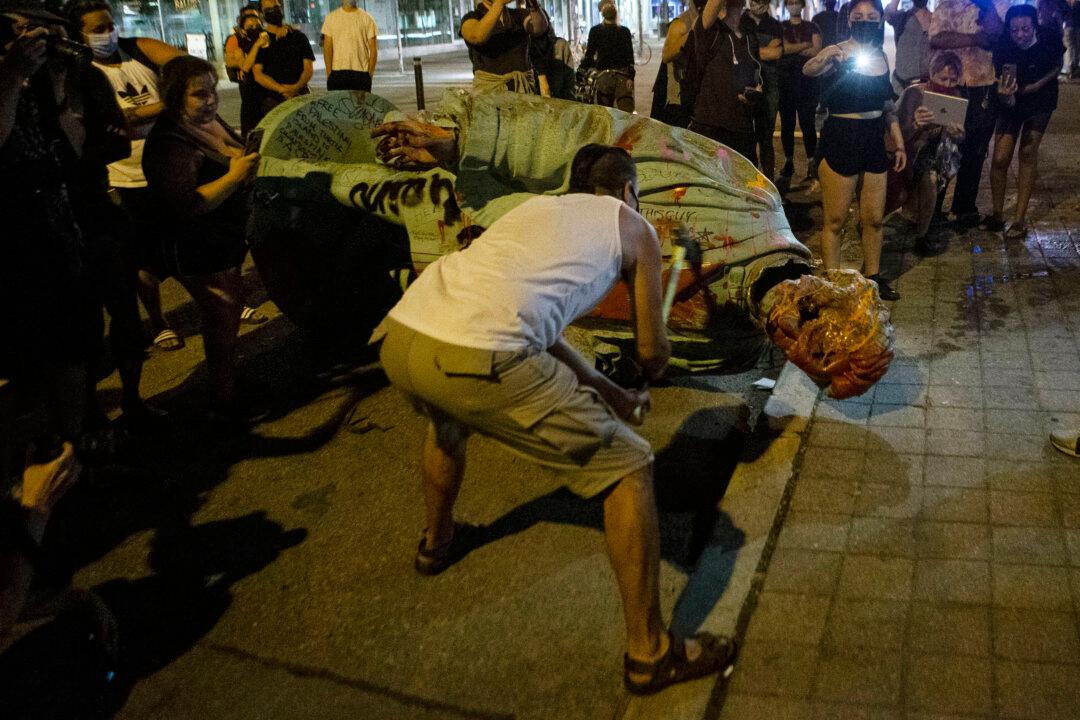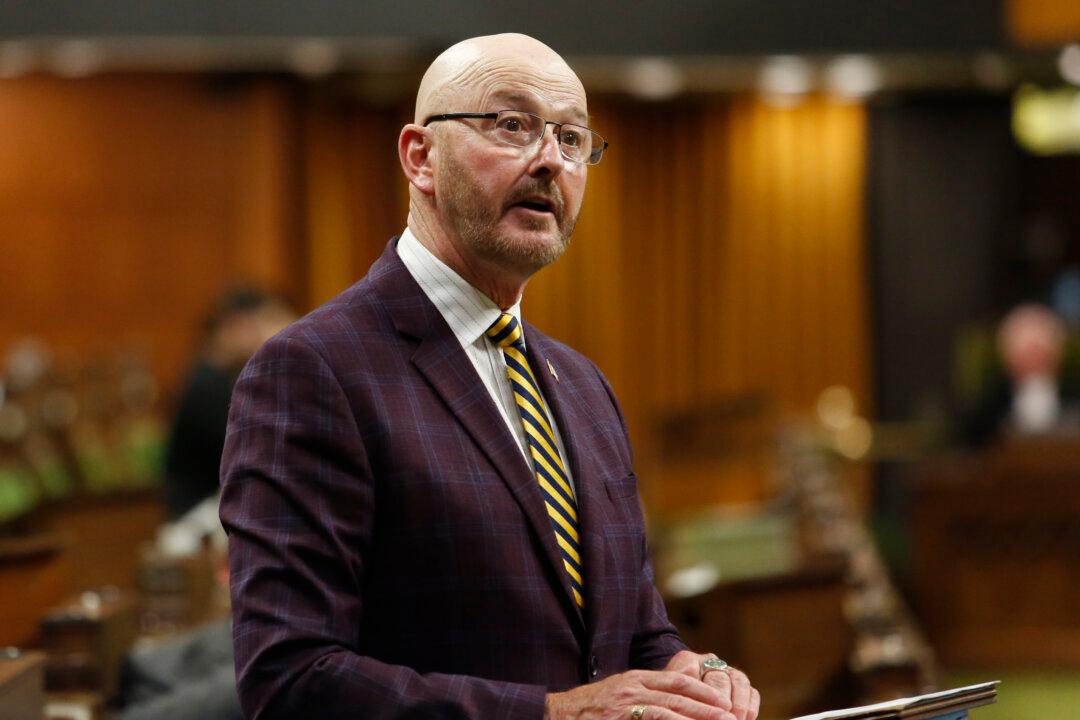Peter MacKay, Minister of National Defence, announced in Halifax Tuesday that the government has restored the use of the historic “royal” designations of the Royal Canadian Navy and the Royal Canadian Air Force. Land Force Command will be known simply as the Canadian Army.
“Restoring these historic identities is an important way of reconnecting today’s men and women in uniform with the proud history and traditions they carry with them as members of the Canadian Forces,” said MacKay in a statement.
“A country forgets its past at its own peril. From Vimy Ridge to the Battle of the Atlantic and from Korea to the defence of Europe during the Cold War, the proud legacy of the Royal Canadian Navy, the Canadian Army, and the Royal Canadian Air Force will once again serve as a timeless link between our veterans and serving soldiers, sailors, and air personnel.”
The designations were dropped in 1968 when the military’s three main branches were renamed Maritime Command, Land Force Command, and Air Command and unified under the banner of the Canadian Armed Forces.
With the move, the government is “restoring a central component of Canada’s military heritage,” the statement said.
The decision has received resounding approval from military officials and veterans, including the Naval Officers Association of Canada.
“We have seen considerable debate on this issue within the ranks of the Association, especially in the context of the Navy’s centennial celebrations in 2010, and so a firm decision on the matter by the government is warmly welcomed,” NOAC president Rear-Admiral (Retired) Kenneth Summers said in a release.
“While few if any of our current Navy sailors served under the RCN name before 1968, I believe that the Navy’s centennial celebration last year brought to their attention the great accomplishments of the RCN over its storied history.”
The Royal Canadian Legion also supports the decision, but has reservations about the cost.
“It is quite an emotional issue for our members,” said dominion president Patricia Varga.
“Our only concern is that costs associated with this move will not detract from operational and quality of life budgets,” Varga said.
MacKay has said that the name changes, which will be phased in over time, will have “minimal cost implications” but hasn’t named a figure.
The Bloc Quebecois has criticized the decision, saying it’s a costly return to “royal etiquette” with the hidden aim of strengthening ties between the British monarchy and the Canadian government.
“In terms of parliamentary priorities, the Conservative government can hardly do worse,” Bloc interim leader Louis Plamondon said in a statement.
Citizens for a Canadian Republic called the restoration of the titles “a backward move.”
“The government may be vastly overestimating the size of the demographic this kind of action appeals to,” said CCR spokesman Tom Freda.
“This isn’t the 1950s, nor do we have 1950s values. Canada has been accustomed to moving away from colonialist symbols, not toward them. I can’t imagine the mainstream public in 2011 seeing this decision as positive,” Freda said.
“Restoring these historic identities is an important way of reconnecting today’s men and women in uniform with the proud history and traditions they carry with them as members of the Canadian Forces,” said MacKay in a statement.
“A country forgets its past at its own peril. From Vimy Ridge to the Battle of the Atlantic and from Korea to the defence of Europe during the Cold War, the proud legacy of the Royal Canadian Navy, the Canadian Army, and the Royal Canadian Air Force will once again serve as a timeless link between our veterans and serving soldiers, sailors, and air personnel.”
The designations were dropped in 1968 when the military’s three main branches were renamed Maritime Command, Land Force Command, and Air Command and unified under the banner of the Canadian Armed Forces.
With the move, the government is “restoring a central component of Canada’s military heritage,” the statement said.
The decision has received resounding approval from military officials and veterans, including the Naval Officers Association of Canada.
“We have seen considerable debate on this issue within the ranks of the Association, especially in the context of the Navy’s centennial celebrations in 2010, and so a firm decision on the matter by the government is warmly welcomed,” NOAC president Rear-Admiral (Retired) Kenneth Summers said in a release.
“While few if any of our current Navy sailors served under the RCN name before 1968, I believe that the Navy’s centennial celebration last year brought to their attention the great accomplishments of the RCN over its storied history.”
The Royal Canadian Legion also supports the decision, but has reservations about the cost.
“It is quite an emotional issue for our members,” said dominion president Patricia Varga.
“Our only concern is that costs associated with this move will not detract from operational and quality of life budgets,” Varga said.
MacKay has said that the name changes, which will be phased in over time, will have “minimal cost implications” but hasn’t named a figure.
The Bloc Quebecois has criticized the decision, saying it’s a costly return to “royal etiquette” with the hidden aim of strengthening ties between the British monarchy and the Canadian government.
“In terms of parliamentary priorities, the Conservative government can hardly do worse,” Bloc interim leader Louis Plamondon said in a statement.
Citizens for a Canadian Republic called the restoration of the titles “a backward move.”
“The government may be vastly overestimating the size of the demographic this kind of action appeals to,” said CCR spokesman Tom Freda.
“This isn’t the 1950s, nor do we have 1950s values. Canada has been accustomed to moving away from colonialist symbols, not toward them. I can’t imagine the mainstream public in 2011 seeing this decision as positive,” Freda said.


